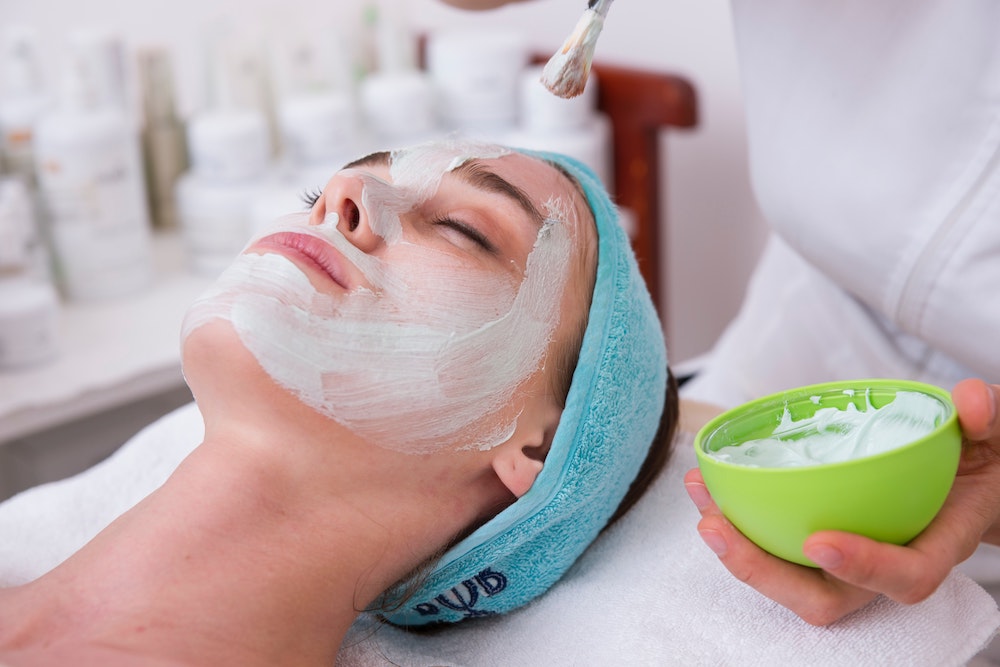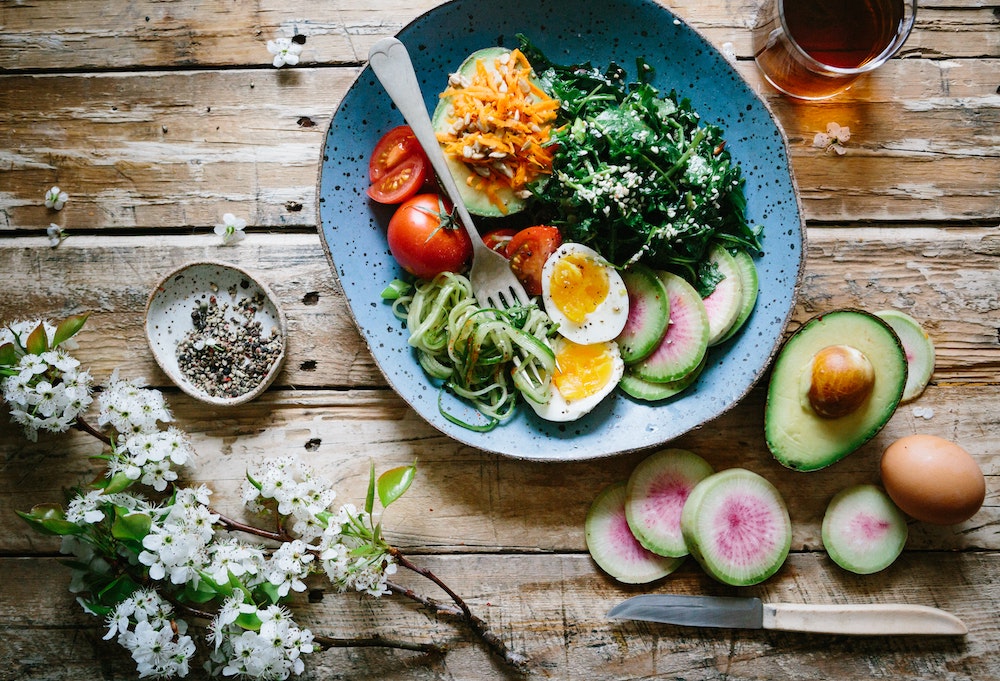Wouldn’t it be wonderful if after we hit adolescence, we didn’t have to experience acne ever again?
Unfortunately, that’s not always the case.
Whether you endure cystic acne or just a few breakouts throughout your cycle, I don’t need to tell you that acne can be uncomfortable, embarrassing and just plain annoying.
If your skin is flaring up and the spots aren’t stopping, it’s time to go beyond skin deep.
Causes of acne
Many of the skin changes that begin at puberty are due to sebaceous glands, which produce an oily substance called sebum. Hormonal fluctuations, stress and bacterial overgrowth contribute to increased sebum production.
Hormonal
Throughout the menstrual cycle, oestrogen, progesterone, and testosterone fluctuate. For our skin to glow, and, of course, stay pimple-free, we require a specific ratio of hormones that shift throughout the month.
Two to seven days before menstruation, oestrogen sharply declines, and progesterone rises – if you experience breakouts in this period, it’s essential to correct the progesterone/oestrogen ratio.
Increased sensitivity to, or a raised level of, testosterone – typically seen in women with polycystic ovarian syndrome and blood sugar imbalances – is another instigator of hormonal acne. Testosterone increases sebum, which gets trapped in the pores and leads to breakouts and oily skin.
Stress
Cortisol is released during times of stress and increases inflammation, which can contribute to acne. Even if you’re eating all of the right foods, drinking enough water and exercising adequately, if you’re stressed, the skin is likely to suffer the consequences.
Bacteria
Bacterial imbalances on the surface of the skin is another acne trigger, causing a bacterium called P. acnes to accumulate in the oil ducts and instigate inflammation, inevitably causing breakouts.
Poor gut function
A diet high in processed foods and refined sugars can cause gastrointestinal disturbance and negatively impact the skin.
What can you do?
For hormonal imbalances:
- Remove dairy from the diet for at least three months and see what happens to your skin. Please don’t swap the milk in your coffee to any old nut milk; they often contain sugar and vegetable oils which can be detrimental to skin health.
- Reduce your sugar consumption.
- Consume spearmint tea to reduce testosterone levels.
For bacterial overgrowth:
- P. acnes don’t just accumulate on the skin; it can grow on your pillowcases too. Change your pillow slip every day, and if you haven’t bought a new pillow in a while, I recommend purchasing a new one.
- Remember to moisturise. Hydrated skin doesn’t cause oily skin – if the skin is dry, it overcompensates by producing too much oil. I recommend choosing a multi-tasker moisturiser that has anti-bacterial ingredients, such as tea tree, to reduce bacteria and keep the skin hydrated.
- Speaking of hydrated, please drink some water.
- The gut and skin are intricately connected so, if your gut bacteria is out, your skin will likely be too. Look after your digestive system through the inclusion of probiotic-rich foods and fibre-rich vegetables (at least four cups of vegetables a day!).
- If you’ve ever picked at a pimple and found another one pop up in the same space a few days or weeks later, this one’s for you. Picking at spots doesn’t remove the bacteria; it aggravates it.
For stress:
- Manage your stress through meditation, walks and deep breathing.
I recommend speaking to a naturopath to help you discover the specific cause of your acne and the most appropriate approach to take.







